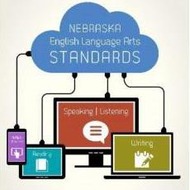Literary Devices
(View Complete Item Description)The attached Remote Learning Plan is designed for Grade 7 English Language Arts students. Students will learn the different literary terms found in literature and poetry. They will have opportunity to practice their understanding of these terms by playing a number of online games. Students will then determine which literary device is being used in lines of literature and poetry through the practice at the end of lesson. This Remote Learning Plan addresses the following NDE Standard: NE LA 7.1.6.cIt is expected that this Remote Learning Plan will take students 90 minutes to complete.
Material Type: Lesson Plan




















